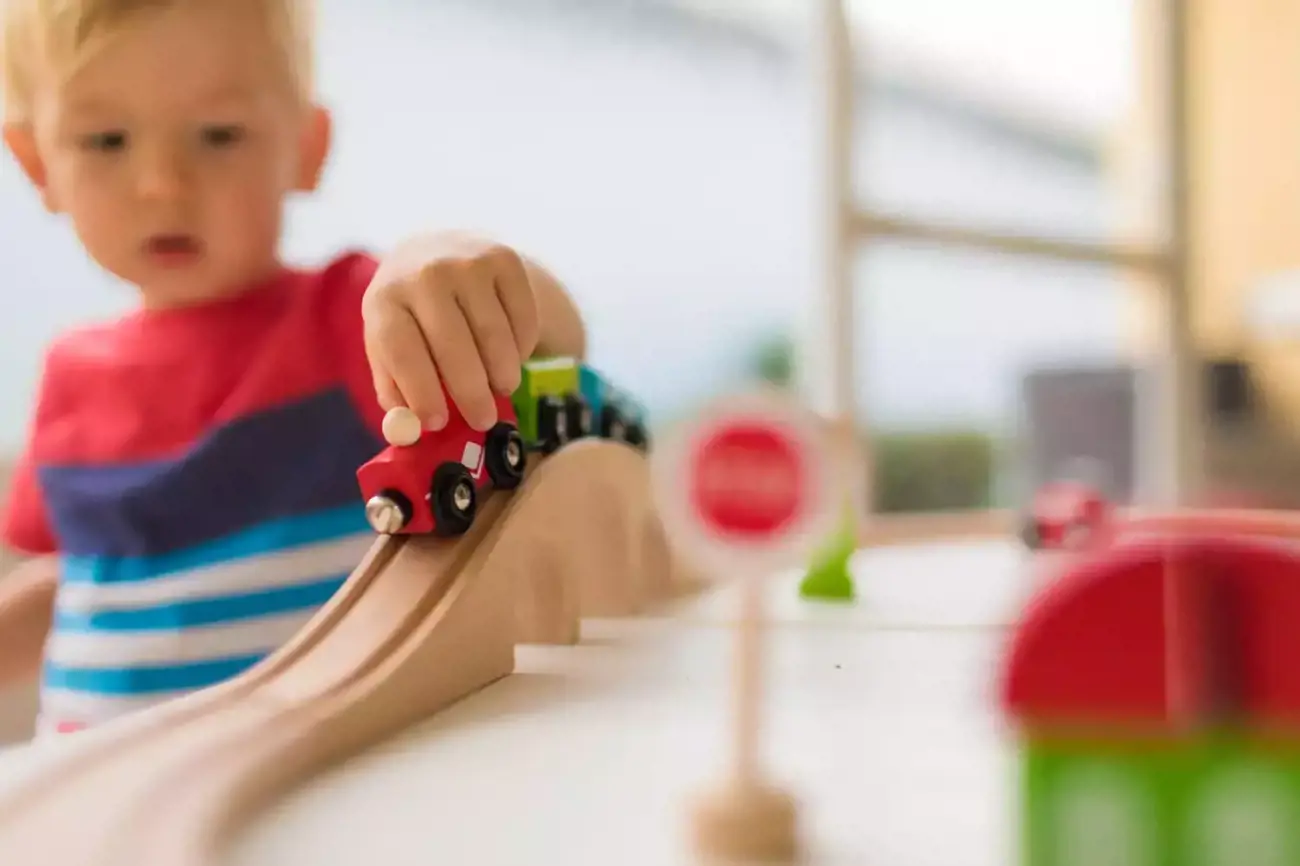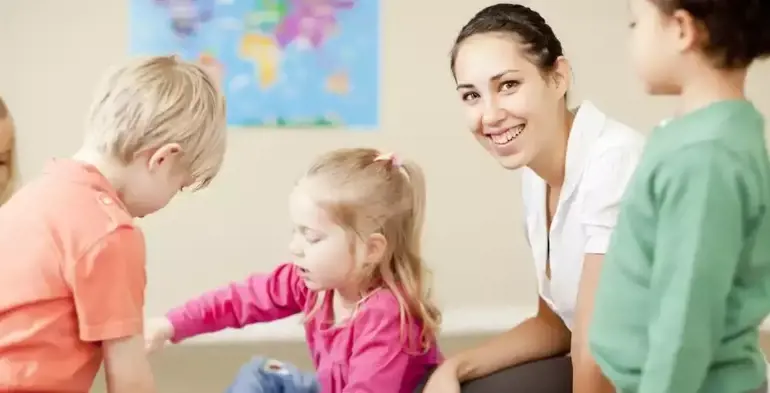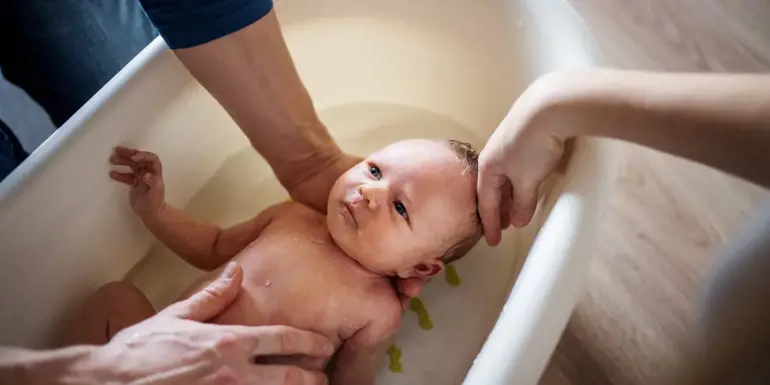The education sector is constantly evolving, and classrooms today are unrecognisable when compared to those of decades past. However, there are several kindys across the globe pushing the boundaries in design and teaching methods, creating learning environments that are inspiring and truly forward-thinking in their approach.
Denmark's Forest Kindys
We have heard a lot about outdoor learning and nature play in recent years. Denmark is leading the field in this regard, with their incredible Forest Kindys that place the natural world at the centre of childhood growth.
With no classroom, no books, no chairs and no chalkboard, come rain or shine children are out in the forest with just the surrounding natural environment to learn from. Pencils are replaced with small knives as children craft tools from sticks, and there are no fences or soft-fall flooring, as children are free to climb trees and explore the woods.
Groups are watched and gently guided by teachers, being taught when it is safe to do something, and when it is not. But children are also allowed to take small risks of their own, allowing their confidence to grow. Their theory is about imparting knowledge and nurturing in an open, free space, helping them to develop and grow their own natural abilities, while allowing children to overcome problems and discover things for themselves.
Japan's Fuji Montessori (Yochien) Kindergarten
Fuji Yochien preschool is an innovative Montessori preschool that has won multiple design awards. Designed around the giant trees that grow in the internal courtyard of the kindergarten, children are free to climb, run, and create their own games being always connected to nature by the huge branches and roots of the trees.
The oval roof circles around the trees and is designed as a continuous place to run - inspired by the observation by Tezuka Architects that 'children love to run in circles'. Embodying the Montessori philosophy, there are no walls between the classrooms and children are free to go between areas as they please – they can slide to class, climb to class, or just continue to explore outside without restriction. There are also skylights built into the roof for children to peek inside and see what is happening in the classrooms below.
The design concept is one that nurtures independent growth and expression and it results in the whole school building becoming one huge piece of play equipment, with the most direct route down from the roof being a large slide.
Bangladesh's Boat Schools
We are very fortunate that education and schooling is a natural part of life here in Australia, but in Bangladesh, getting to school isn't so easy. During the monsoon season one third of Bangladesh floods, forcing thousands of schools to close each year for months at a time.
To ensure that children didn't miss out on their education during the floods, not-for-profit organisation Shidhulai Swanirvar Sangstha turned a number of boats into solar powered floating schools, bringing the classroom to the students. Each boat has hundreds of books, a computer and desks for up to 30 kids. The boats collect children along the riverbank and then dock for class. Because they are solar powered, they can operate without interruption, also bringing vital electricity, phone and Internet access to the many villages along the riverbanks.
Teaching children from Kindergarten to Year 4, approximately 70,000 children have been educated through the floating schools to date.
The fleet has also now expanded to include floating libraries that provide thousands of books and information on jobs and agriculture for adults, as well as bringing vital medical supplies to families who are cut off by the floods.
Stockholm's Vittra School
With no classrooms and no classes, the Telephonplan Vittra School in Stockholm has rejected conventional education strategies for an innovative space that uses interior design to facilitate learning. The school has many different learning spaces – flexible labs, a giant iceberg with a cinema, rooms for recreation and quiet breakout spaces. Physical space is one of the most important learning tools that promote the school's principles that revolve around 'the laboratory', 'the show-off', ‘the campfire', 'the cave' and 'the watering hole', and learning groups are organised depending on a student's achievement level, rather than their age.
Digital media is incorporated into every space and laptops are an essential tool to everyday learning.


































